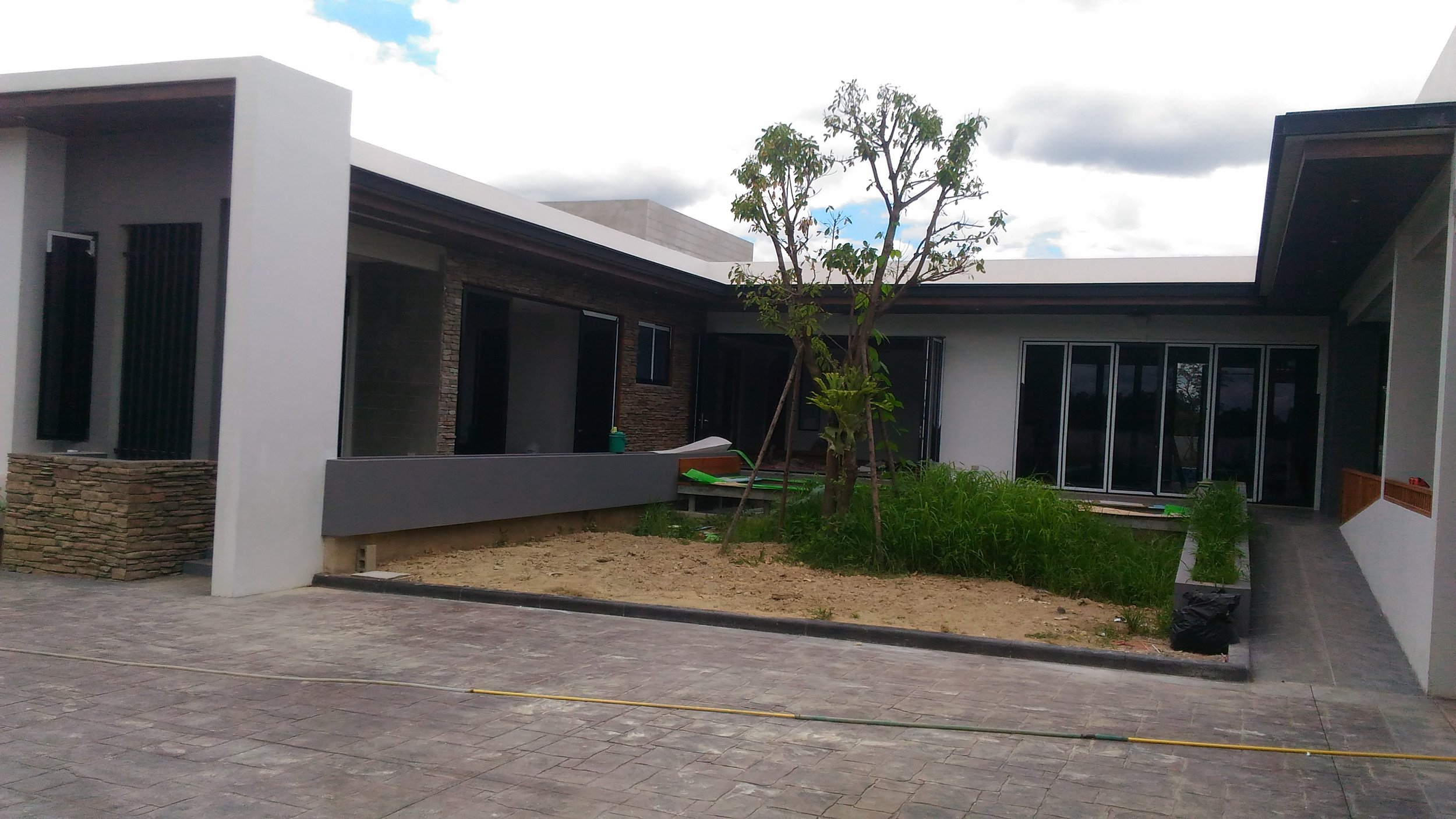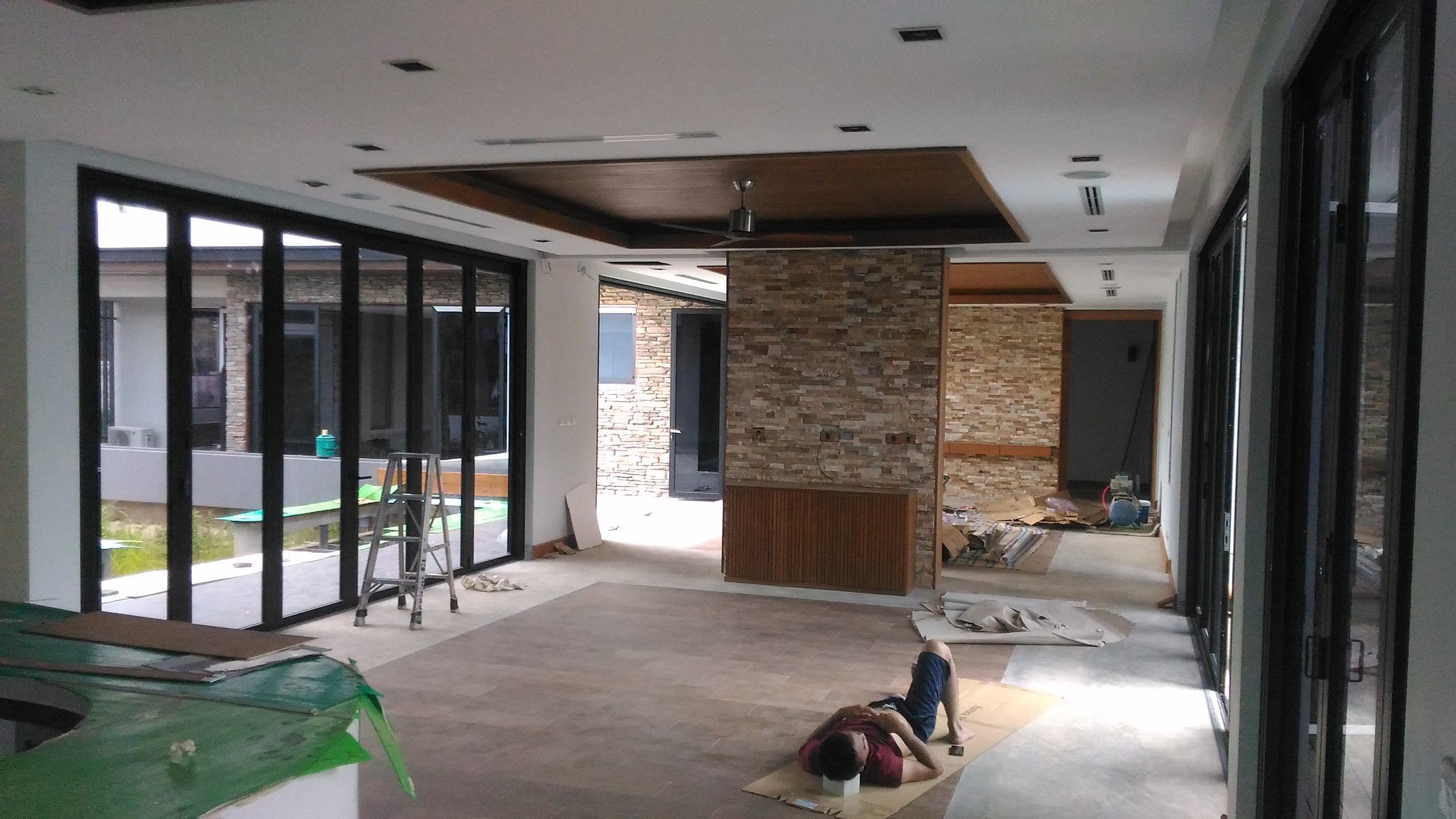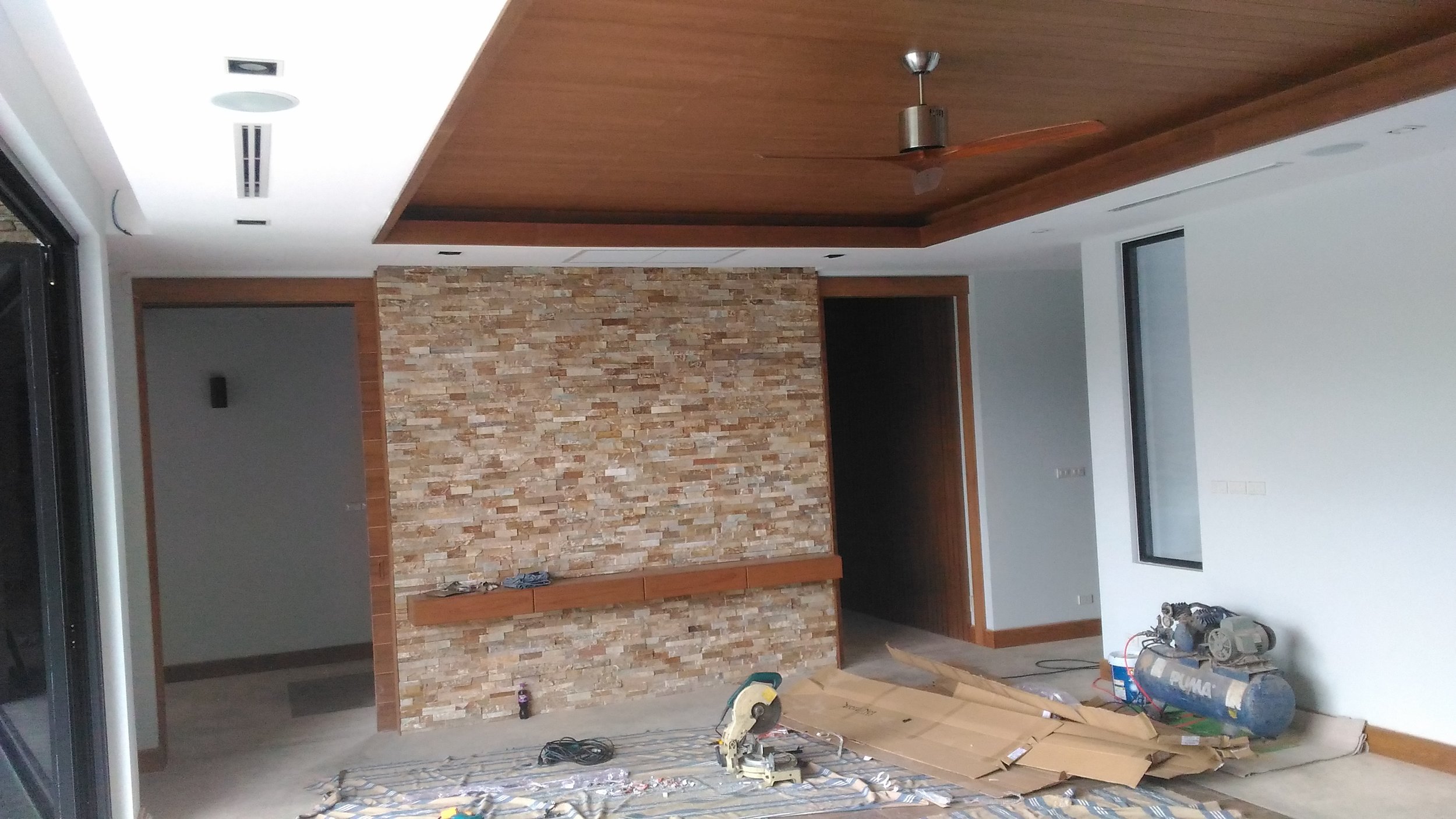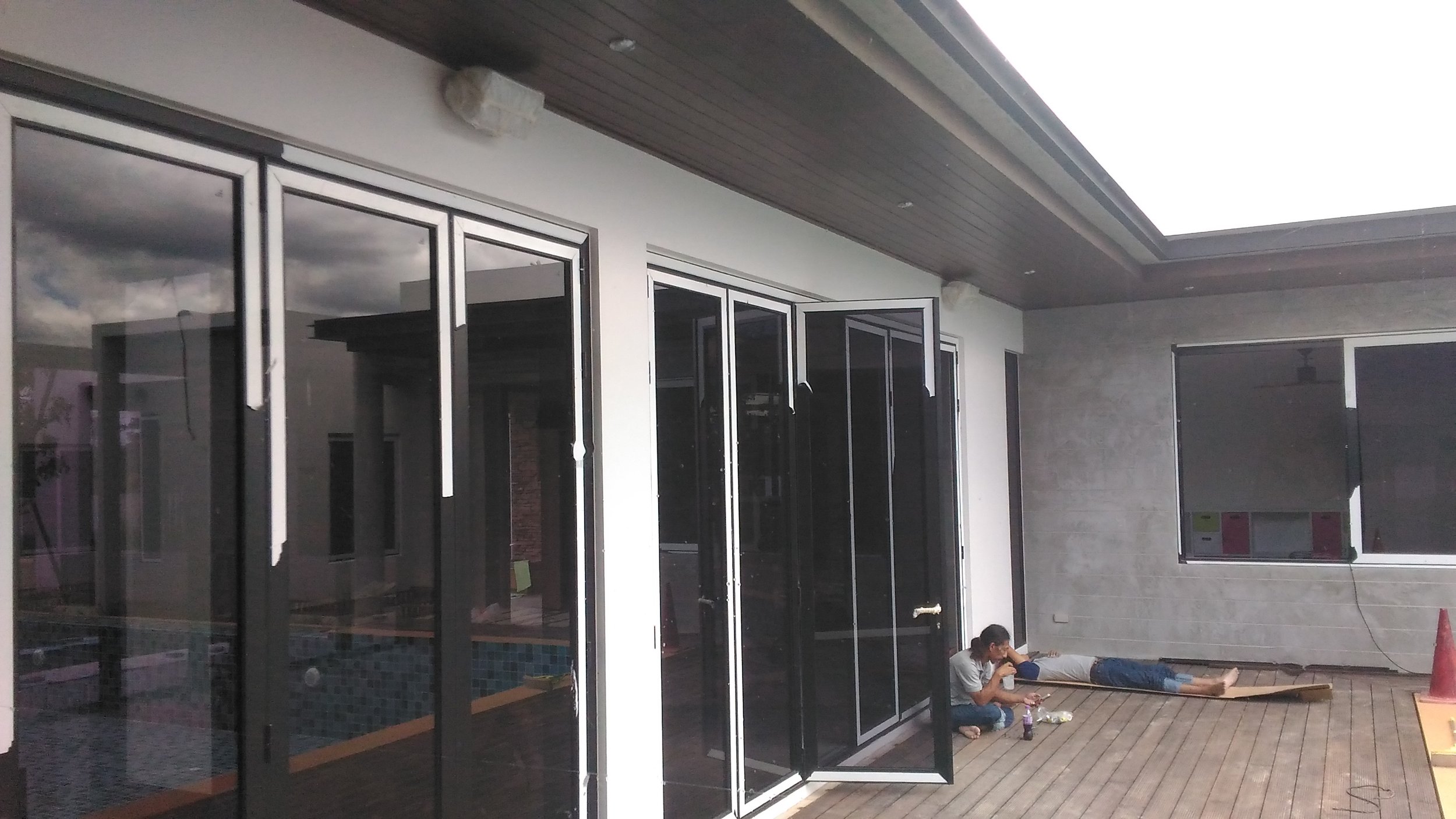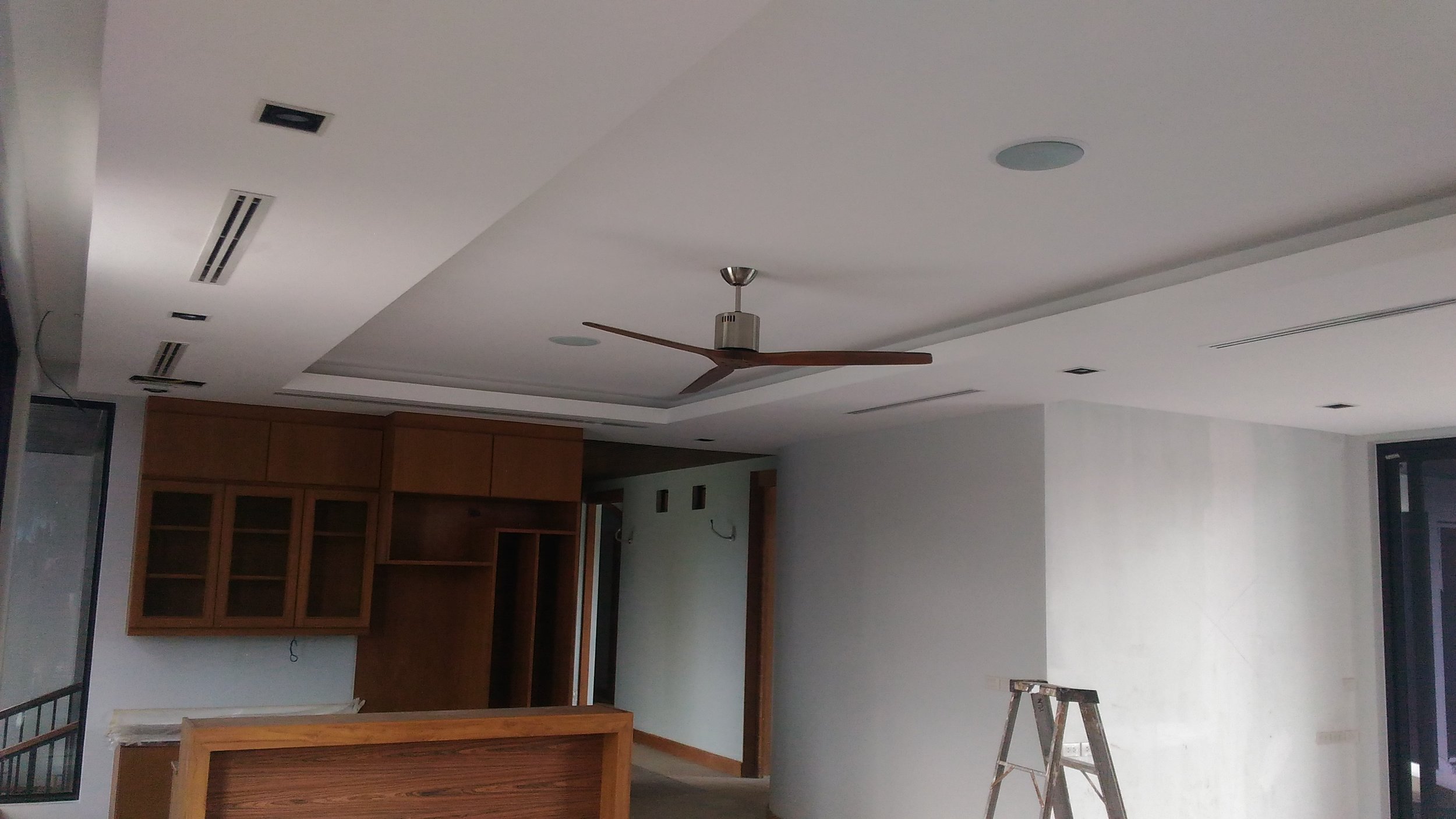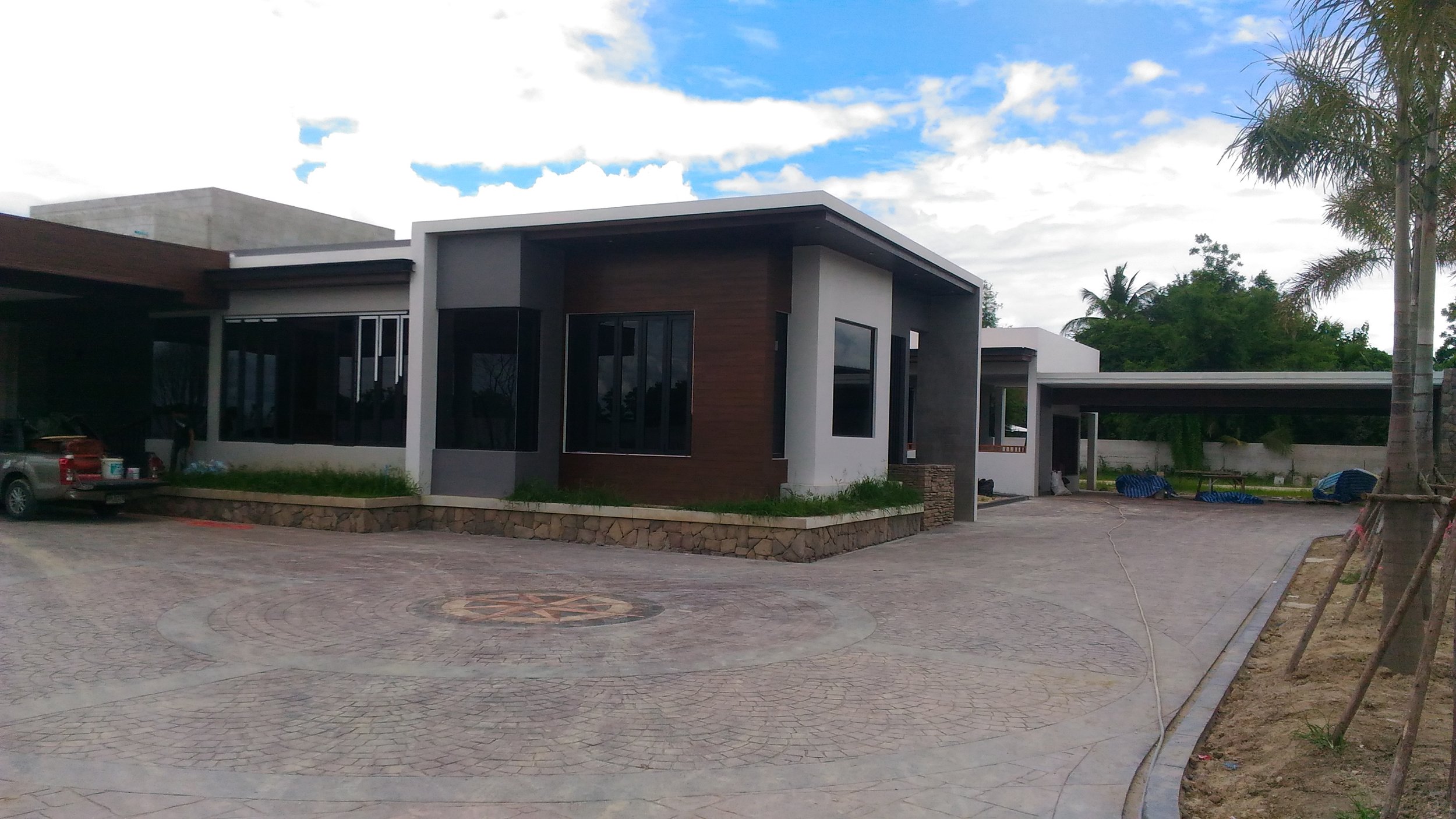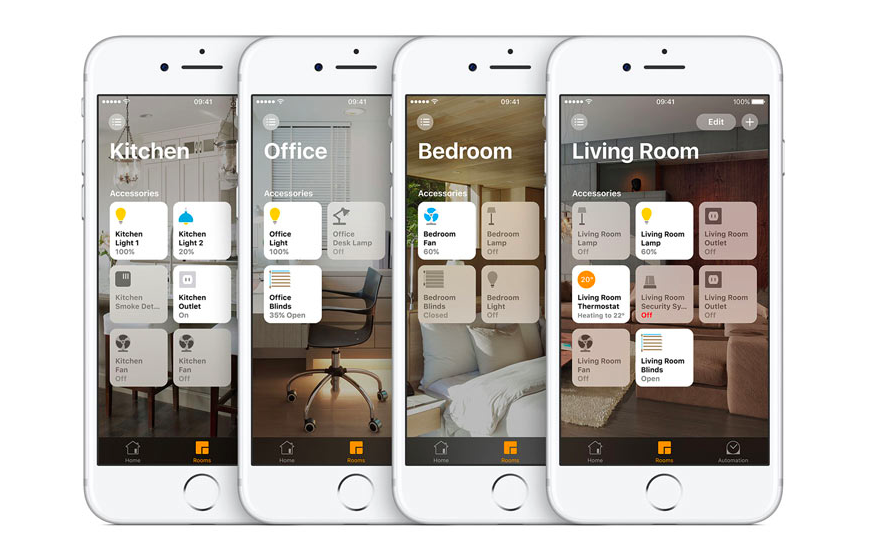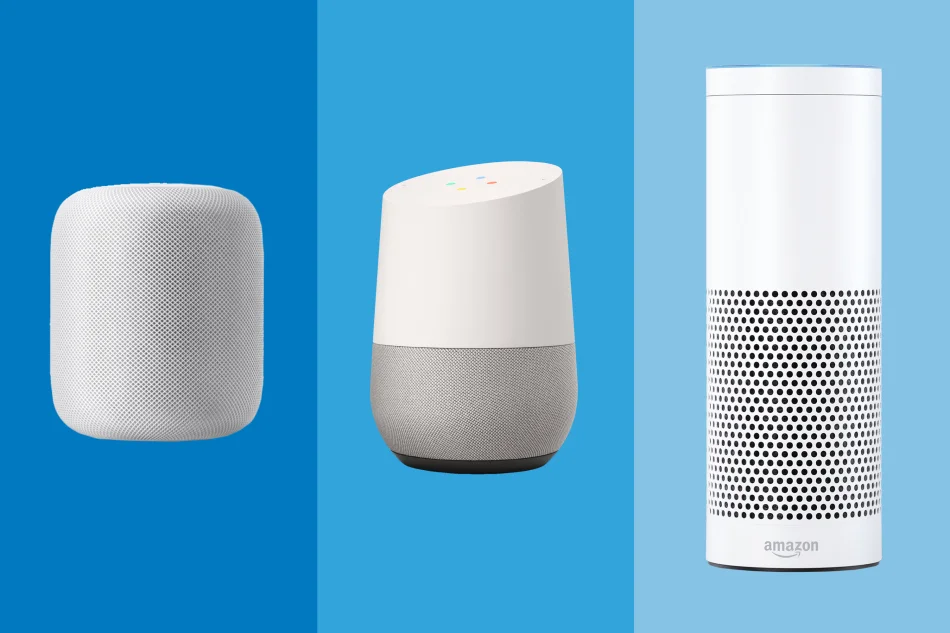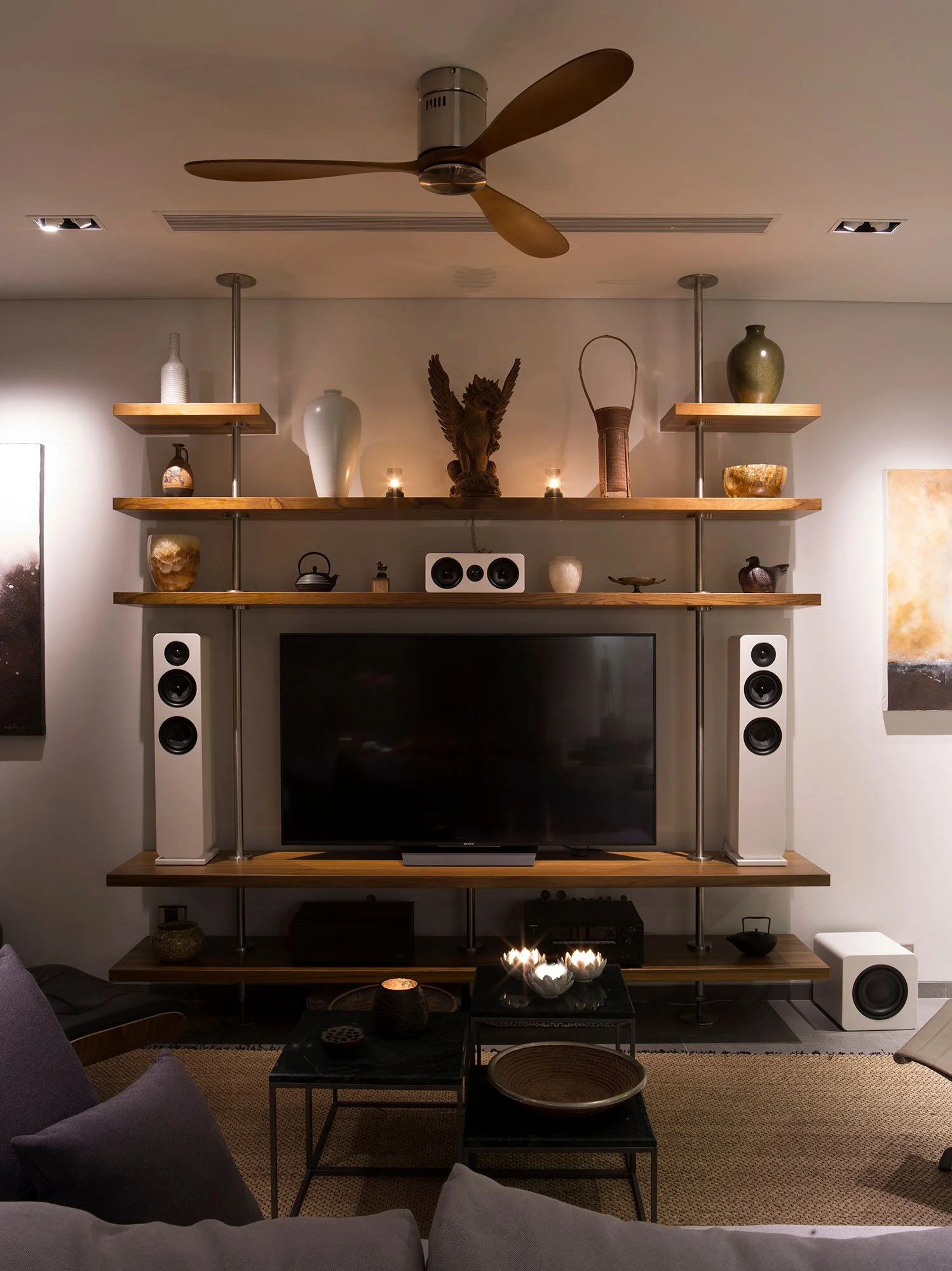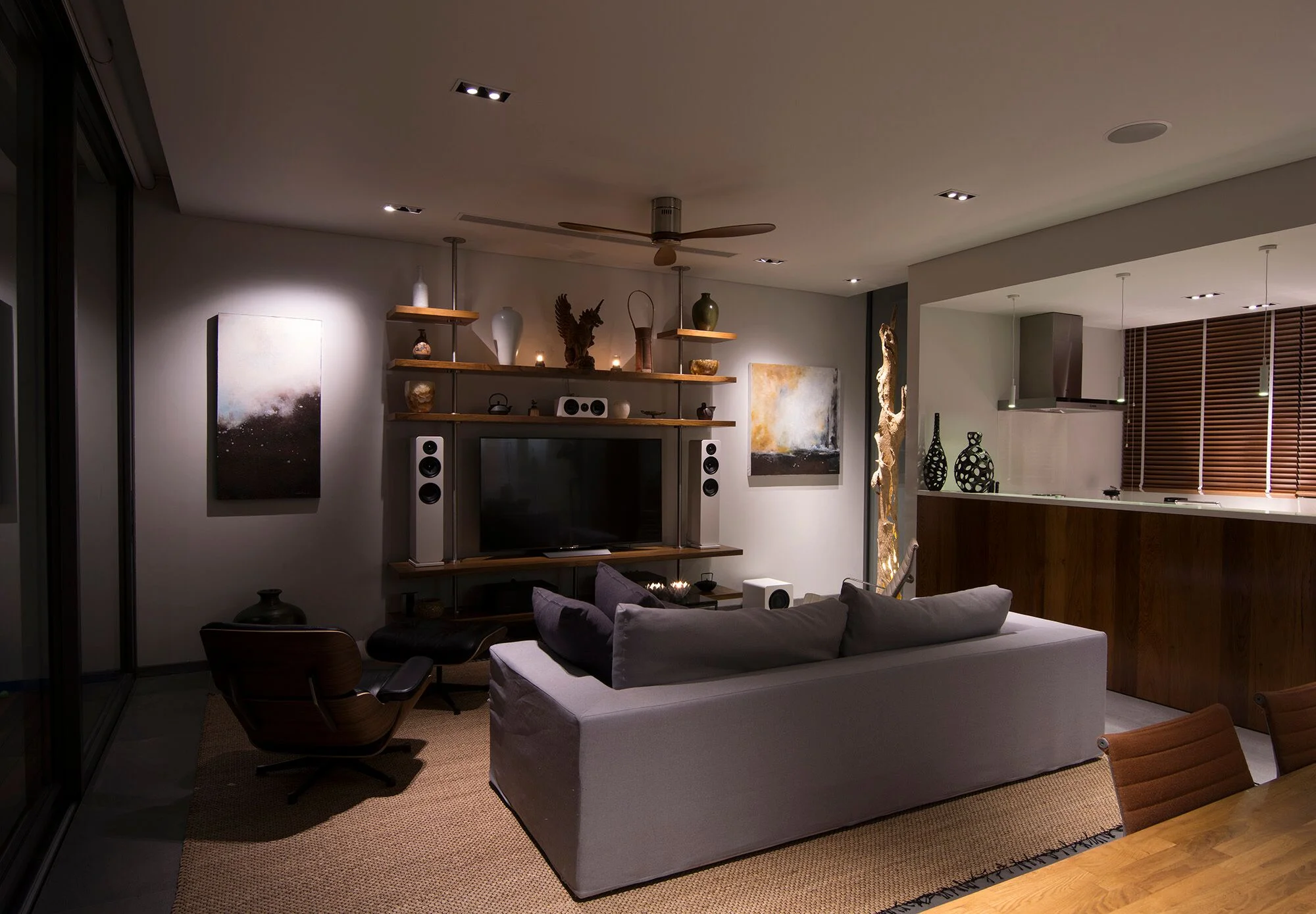Samsung Electronics bought esteemed AV Receiver company Harman Kardon back in March of this year (2017). The move was seen by many as a shrewd move from Samsung to get into the AV amplifier business. In a shock move Harmon have now bought out Arcam, Arcam's products always had a great reputation for sound, especially their AV receivers.
Arcam is based just outside the famous university city of Cambridge in the UK, their story started the classic way: two friends with a passion for music and electronics met up while engineering students at Cambridge University, and founded Amplification and Recording Cambridge in 1976.
This brings Arcam into Samsungs AV fold which now includes; AKG, Harman Kardon, Infinity, JBL, Mark Levinson and Revel. Consolidation is natural but I have misty eyes for the days of small companies being able to come out with great audio products.
HARMAN International who was acquired by Samsung in March this year have announced today that they have acquired the Cambridge, U.K based ARCAM brand.
"StereoNET first heard of the potential acquisition back in May this year, however ARCAM executives denied the rumour at the time."
In a joint statement dated 14th July 2017 and sent to ARCAM and HARMAN customers, they said:
ARCAM and HARMAN share a likeminded passion for bringing the highest quality sound into people's lives and we believe bringing the power of the two companies together will benefit the partnership we have with you.
Scott Campbell, ARCAM Director Sales & Marketing continued:
Nothing will change in our day to day business. Richard and his team will continue to represent the ARCAM brand as normal. Charlie Brennan and the current management team will remain in Cambridge and become part of HARMAN’s Lifestyle Audio division.
Søren Majlund, Commercial Director EUN, Harman Lifestyle Audio Division said:
HARMAN recognizes the value and potential of Arcam’s people, technologies and brands, and we expect the combination will deliver growth opportunities and benefits to our customers. We believe this is an unprecedented opportunity to grow Arcam’s engineering capabilities and extend its product reach into new markets.
ARCAM have enjoyed considerable growth and success in recent times with their current line-up of audio-video products, and in particular their AV Receivers. This acquisition makes a lot of sense for HARMAN International who have struggled in the AV Receiver market with their Harman/Kardon brand previously."
http://www.stereo.net.au/news/breaking-harman-international-acquires-arcam














